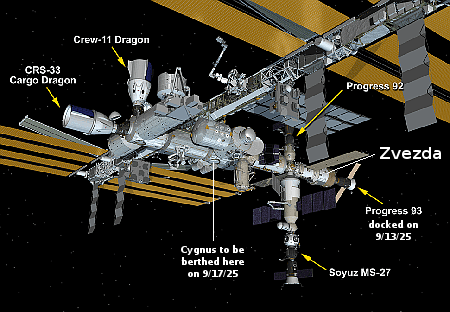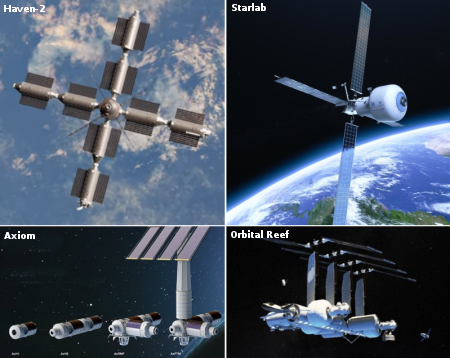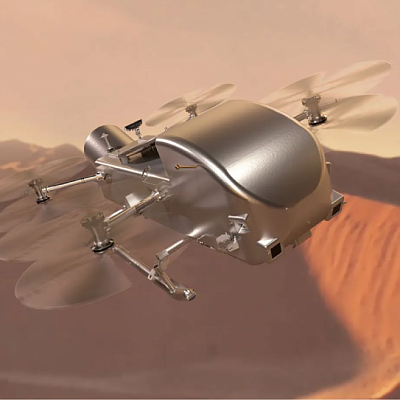Spanish rocket startup PLD completes test of prototype first stage
The Spanish rocket startup PLD has successfully conducted a short “burst test” of a full scale prototype of the first stage of its proposed Miura-5 rocket as it prepares for a first launch.
The test subjected the stage to pressures beyond its intended operating limits to determine the point of structural failure. According to the PLD Space update, the test validated the structural performance of the tank under cryogenic temperatures and extreme pressure conditions. The company will now proceed with a fully integrated qualification model of the stage that includes all the elements required for flight.
The company had hoped to launch the rocket for the first time from its French Guiana launchpad before the end of this year, but that schedule has slipped to 2026. At the same time, it clearly is making real progress, having also tested the engines of the rocket’s second stage in August.
The Spanish rocket startup PLD has successfully conducted a short “burst test” of a full scale prototype of the first stage of its proposed Miura-5 rocket as it prepares for a first launch.
The test subjected the stage to pressures beyond its intended operating limits to determine the point of structural failure. According to the PLD Space update, the test validated the structural performance of the tank under cryogenic temperatures and extreme pressure conditions. The company will now proceed with a fully integrated qualification model of the stage that includes all the elements required for flight.
The company had hoped to launch the rocket for the first time from its French Guiana launchpad before the end of this year, but that schedule has slipped to 2026. At the same time, it clearly is making real progress, having also tested the engines of the rocket’s second stage in August.













